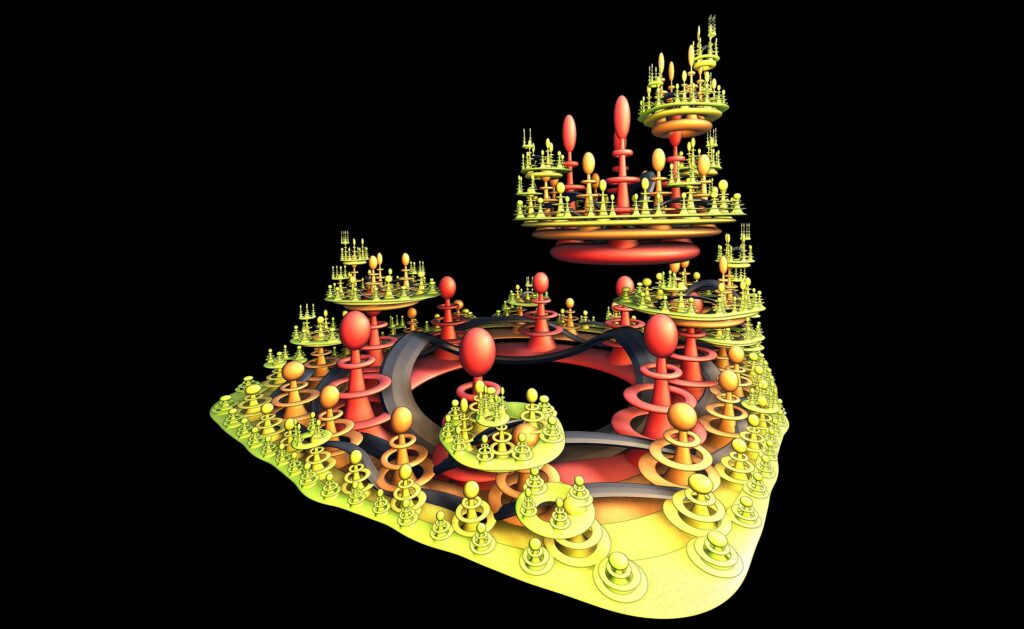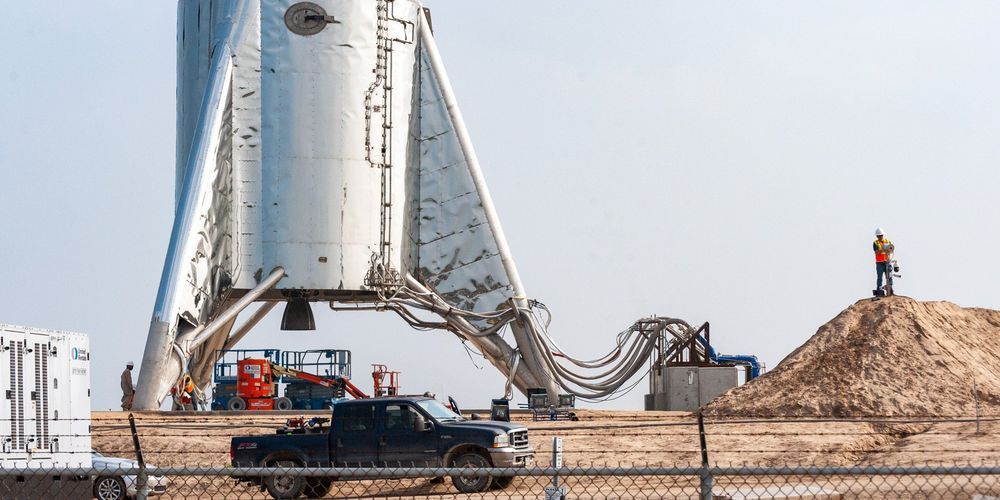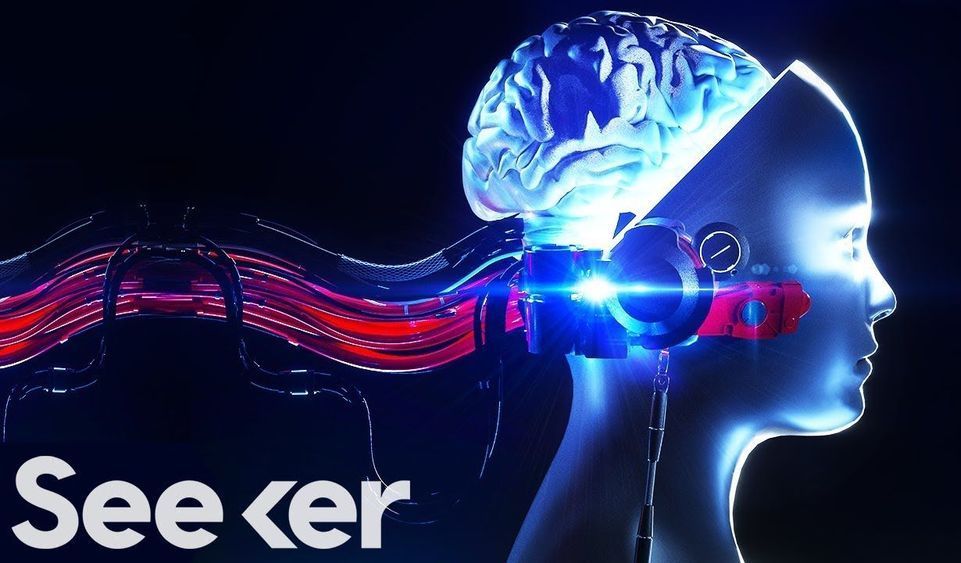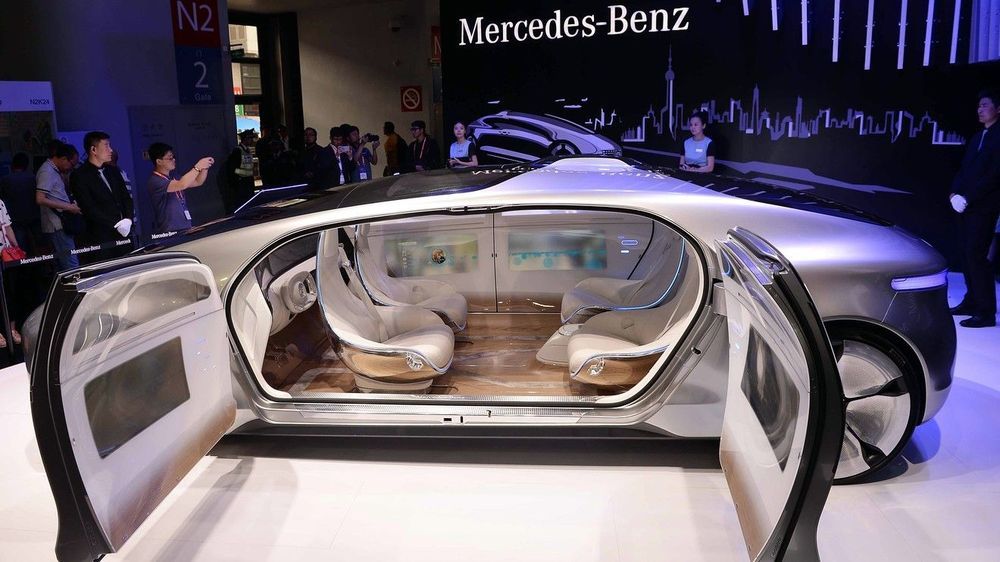
What might the end of work mean for the future of buildings? Firstly, a significant proportion of the built environment that has up to now been designed for people-centred economic activities —offices, shopping centers, banks, factories and schools—may over the next 10–20 years house 50% or less of the number of workers with far fewer physical customers. Furthermore, with the rise of artificial intelligence (AI), some organizations might run on algorithm alone with literally no human staff.
The future of jobs is not just about employment, but about larger societal shifts with dramatic impact on the use of space and resources. Indeed, AI is increasingly likely to provide a meta-level management layer — collating data from a variety from a range of sources to monitor and control every aspect of the built environment and the use of resources within it.
Today,







